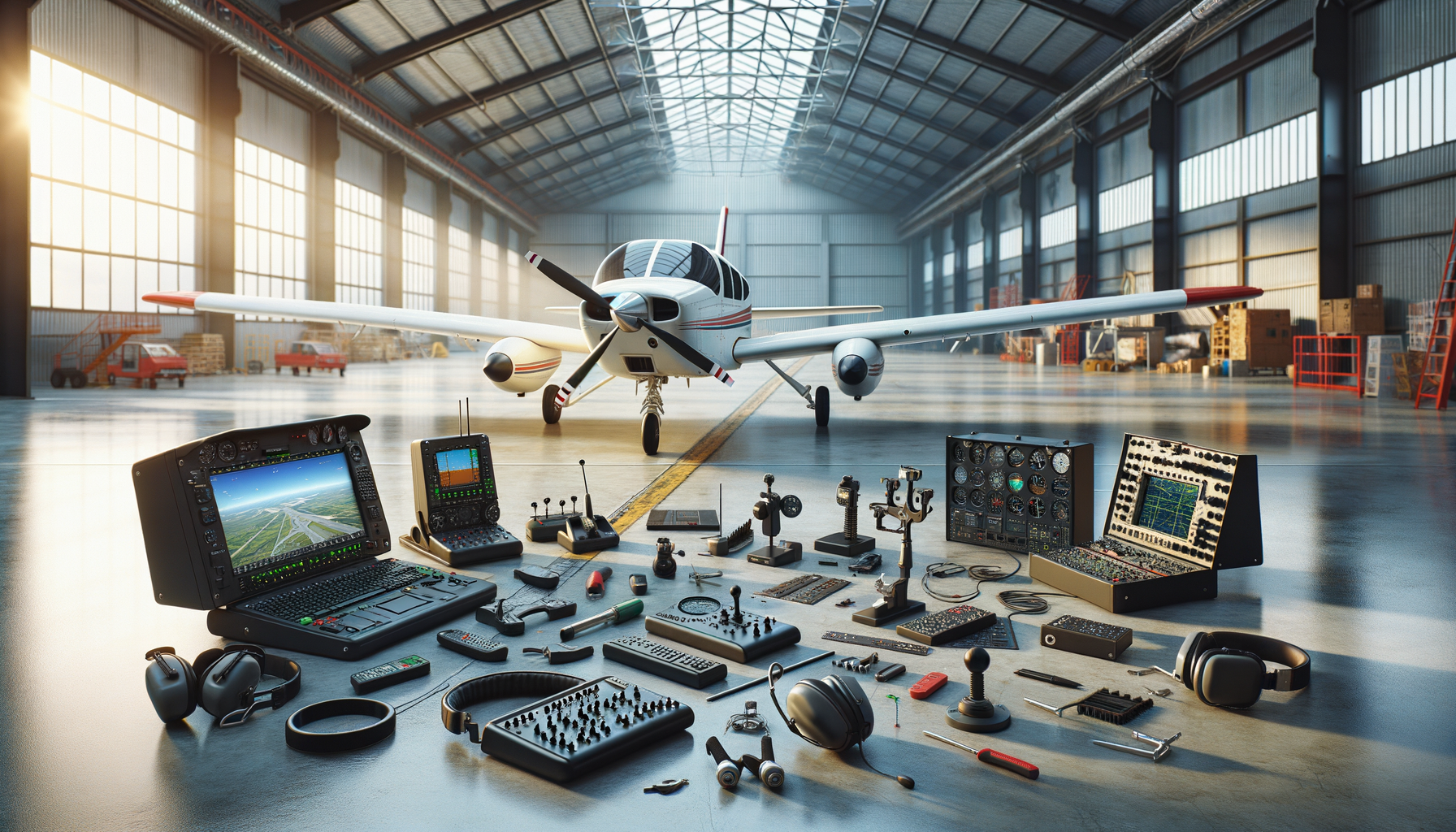
Start Your Career at the Airport Through Training in the US Today
Understanding Aviation Training: A Pathway to Success
Aviation training is an essential gateway for anyone aspiring to build a career in the aviation industry. This training is crucial as it equips individuals with the necessary skills and knowledge to perform various roles within the sector. From pilots to air traffic controllers, mechanics to flight attendants, each position requires specific expertise and certification. The aviation industry is dynamic and complex, demanding high standards of safety and efficiency. Therefore, training programs are designed to be comprehensive, covering theoretical knowledge, practical skills, and safety protocols.
Training programs often include modules on aerodynamics, navigation, meteorology, and aircraft systems for pilots, while air traffic controllers focus on airspace management, communication protocols, and emergency procedures. For mechanics, understanding aircraft maintenance, repair techniques, and regulatory compliance are key components. Flight attendants, on the other hand, are trained in customer service, safety procedures, and emergency response.
Moreover, the aviation industry is heavily regulated, with training and certification requirements set by national and international aviation authorities. This ensures that all personnel meet the necessary standards to guarantee passenger safety and operational efficiency. As the aviation industry continues to grow globally, the demand for trained professionals is also increasing, making aviation training a valuable investment for career-minded individuals.
Types of Aviation Training Programs
Aviation training programs are diverse, catering to various roles within the industry. Here are some of the primary types:
- Pilot Training: This includes private, commercial, and airline transport pilot licenses. Training involves both ground school and flight training, with a focus on navigation, meteorology, and aircraft operation.
- Air Traffic Control Training: Air traffic controllers undergo rigorous training to manage the safe and efficient flow of air traffic. This includes learning about radar systems, airspace management, and emergency procedures.
- Aircraft Maintenance Training: Mechanics and technicians are trained in aircraft systems, maintenance procedures, and safety regulations. This training is crucial to ensure aircraft are safe and airworthy.
- Cabin Crew Training: Flight attendants are trained in safety protocols, emergency procedures, and customer service. This training prepares them to handle in-flight situations and ensure passenger comfort and safety.
Each of these programs is designed to meet the specific needs of the role, ensuring that trainees are well-prepared for their careers in aviation. Additionally, many training programs offer simulators and hands-on experience, providing trainees with a realistic understanding of their future roles.
The Future of Aviation Training: Embracing Technology and Innovation
The aviation industry is constantly evolving, and so are the training programs that support it. As technology advances, training methods are also adapting to incorporate new tools and techniques. One of the most significant changes is the use of simulators and virtual reality (VR) in training programs. These technologies provide trainees with immersive experiences that closely mimic real-world scenarios, allowing them to practice and refine their skills in a controlled environment.
For instance, flight simulators are widely used in pilot training, offering a safe and cost-effective way to learn flying techniques and emergency procedures. Similarly, VR technology is being used to train air traffic controllers, providing them with a realistic view of air traffic and enabling them to practice managing complex airspace.
Moreover, online learning platforms have become increasingly popular, offering flexibility and accessibility to trainees worldwide. These platforms provide access to a wealth of resources, including video lectures, interactive modules, and assessments, allowing trainees to learn at their own pace.
As the aviation industry continues to embrace technology and innovation, training programs are becoming more efficient and effective. This not only enhances the learning experience for trainees but also ensures that the industry remains at the forefront of safety and excellence.


